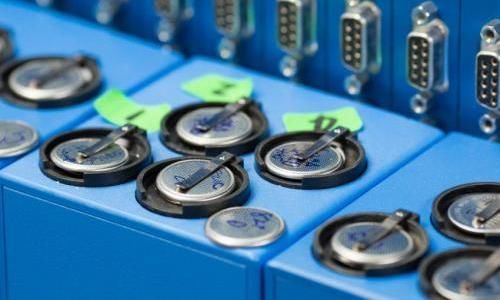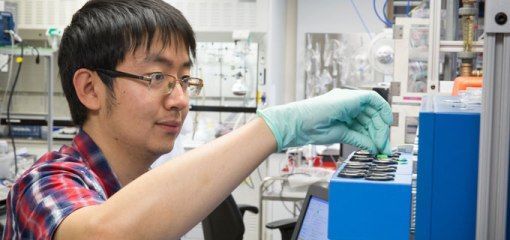According to a recent study by the US Department of Energy's SLAC National Acceleration Laboratory, Stanford Institute for Materials and Energy Sciences (SIMES) and Stanford University, the challenge is generally considered to be "fast charging" than slow charging for battery electrode requirements. A higher view.
Researchers have found out how to perform micro-particles in lithium-ion battery electrodes. It is found that fast charging of batteries and high-power fast-consuming power consumption are not as easy to wear as normal, and discharge and charging slowly. The benefits may also have been overstated.

The survey also showed that scientists are expected to charge by modifying the electrodes or changing the battery to promote more uniform charge and discharge and further extend battery life.
William Chueh, assistant professor of materials science and engineering at Stanford University, pointed out that before the results of this study, it was generally believed that the phenomenon of battery electrodes during charging and discharging was only one of many factors determining battery life, but this is because Failure to fully understand this. Today, we have found new ways to think about battery aging.
The results of this study can be directly applied to many oxide and graphene electrodes in today's commercial lithium-ion batteries, and to more than half of the batteries under development. Chueh's research team includes researchers from the Massachusetts Institute of Technology (MIT), Sandia National Laboratory, Samsung Advanced Technology Research Institute, and the Lawrence Berkeley National Laboratory (LBNL).
The researchers said that an important reason for battery wear is that the battery absorbs and releases ions from the electrolyte during charging and discharging, resulting in expansion and contraction of the negative electrode and the positive electrode.
Scientists in this study carefully explored electrodes made up of billions of lithium iron phosphate nanoparticles. If most or all of the nanoparticles actively participate in the charge and discharge process, they will absorb and release ions more gently and uniformly. However, if only a small portion of the nano-nano absorbs all of the ions, it is more prone to cracking or damage, resulting in degradation of battery performance.
Previous research has different perspectives on how nanoparticles work. To further explore, the researchers created small button cells that were charged with varying degrees of current and time, then quickly removed and cleaned to completely interrupt the charge and discharge process. The researchers then cut the electrodes into extremely thin sheets and sent them to the Berke laboratory for intensive X-ray inspection with an advanced light source synchrotron.
Yiyang Li, a graduate student at Stanford University, said that during charging and discharging, thousands of electrode nanoparticles can be seen at one time, and snapshots of different stages are taken.

Li Danyang, a graduate student at Stanford University, tested lithium-ion button cells and observed the response of billions of nanoparticles in the positive electrode of the battery to different charge and discharge rates. (:SLAC National Accelerator Laboratory)
Data analysis using a complex model developed by MIT, the researchers found that only a small fraction of the nanoparticles absorb and release ions during charging, even during fast charging. However, when the battery is discharged, something interesting happens: as the discharge speeds up to some extent, more and more particles begin to absorb ions at the same time and transition to a more uniform and less damaged mode. This is a sign that scientists should be able to adjust electrode materials or processes while still maintaining longer battery life.
There are plenty of benefits for using usb type c cable For starters, the port is reversible! But that is only the tip of the cable. And like ice bergs, there is much more than meets the eye in type c cables. They allow for faster transfers, charging, 4K monitor output and more.
Needless to say we will have to start populating our living spaces with USB 3.1 Type C and accessories.It measures in at 1.8 meters of length and can handle USB 2.0 charging, as well as up to 60W of fast charging power. Not bad at all.
USB Type C Cable, USB 3.1 Type C, Type C Cable, USB Type C
Hebei Baisiwei Import&Export Trade Co., LTD. , https://www.baisiweicable.com